
Published:
Readtime: 6 min
Every product is carefully selected by our editors and experts. If you buy from a link, we may earn a commission. Learn more. For more information on how we test products, click here.
- New 849 Testarossa replaces SF90 as Ferrari’s flagship supercar.
- 1,050 CV PHEV: 830 CV V8 plus tri-motor e-AWD.
- 0–100 km/h 2.3s; 0–200 km/h 6.35s; top 330+ km/h.
- Australian pricing: $932,648; Spider $1,015,589 before on-road costs.
- First Australian deliveries expected in the first half of 2027.
The 2026 Ferrari 849 Testarossa is the new flagship production supercar from the Prancing Horse, and man, oh man, is it a gorgeous, fast, and aggressive beast. It replaces the Ferrari SF90 Stradale, a manically fast supercar with hypercar performance, and the new 849 Testarossa only push the brand’s supercar ideology closer to that hypercar category.
With 1,050 CV (50 CV more than SF90) of combined power (772kW, 1,035HP), the 849 Testarossa is powered by a reworked 3,990 cc twin-turbo V8 engine that produces 830 CV @ 7,500 rpm, 842 Nm @ 6,500 rpm before you add in hybrid power. The final combined power figure is achieved when you factor in the two e-motors (RAC-e) up front, which enable e-AWD + torque vectoring, and the third electric motor at the rear, which is an MGU-K motor (F1-derived) sitting behind the V8.
We’ll discuss the 0-100km/h sprint time and top speed in a moment, but first, we must discuss the price of the 2026 Ferrari 849 Testarossa. This is one of the most expensive new cars on sale in Australia, with prices for the 2026 Ferrari 849 Testarossa starting at AUD$932,648 before on-road costs and customisation. Meanwhile, the 2026 Ferrari 849 Testarossa Spider claims Australia’s most expensive new car, with prices set at AUD$1,015,589 before on-roads. Of course, this matters practically zero to would-be buyers, but it’s an impressive number nonetheless. It’s more affordable than a Lamborghini Revuelto, so there’s that.
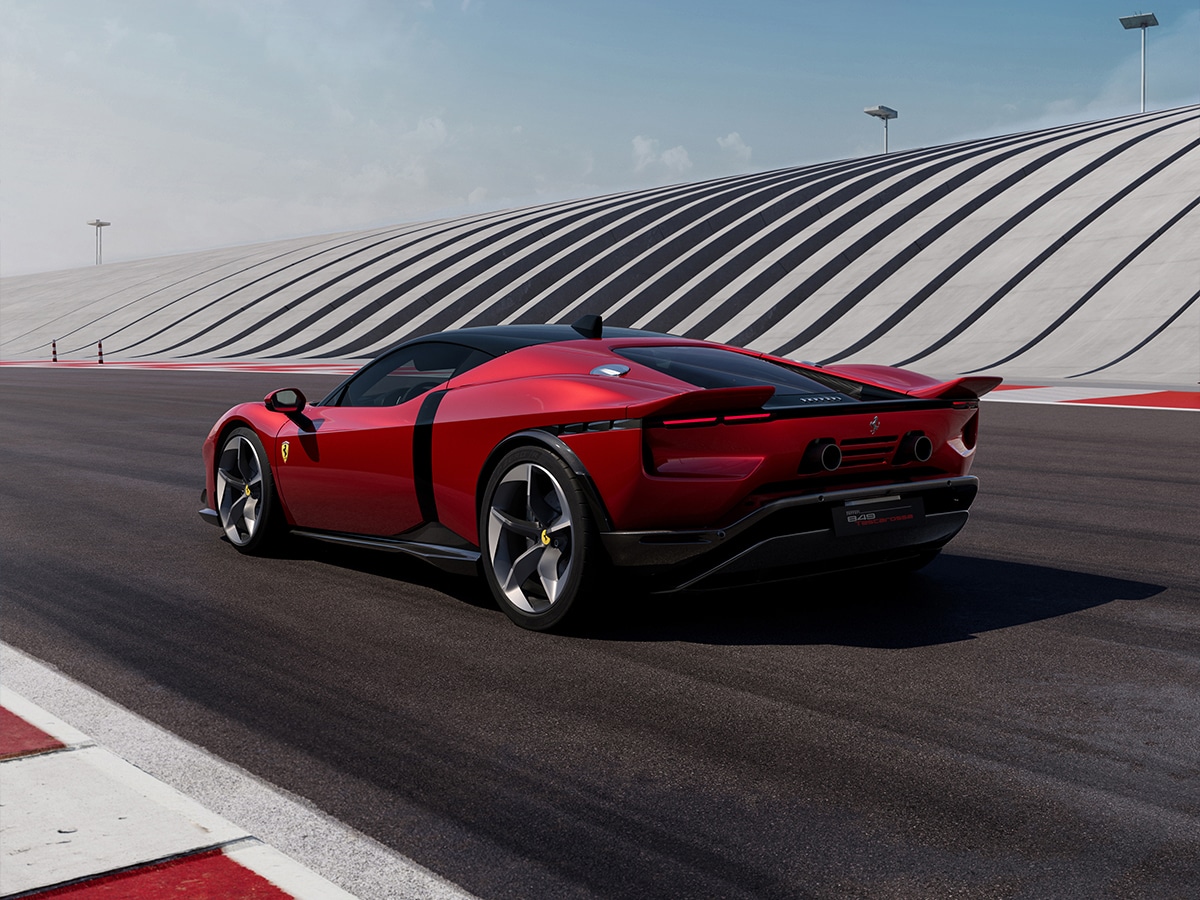
Powertrain
While the powertrain resembles the outgoing SF90 Stradale, further details reveal that the 849 Testarossa is, in fact, a very different beast underneath. It weighs about the same as the SF90 (with a dry weight of 1,570 kg), but can now claim its title as the best power-to-weight in the Ferrari range.
We’ll start with the engine (code F154FC), which receives the largest-ever Ferrari production turbocharger and uses low-friction bearings from the Ferrari F80. It also gets a 296 GT3-inspired turbine heat shield alongside an optimised intercooler for improved responsiveness, lightened cams, titanium screws, and the car is said to be louder too despite the inclusion of GPFs and new ceramic matrix catalysts. The new exhaust system is to blame, and features a 20% larger duct diameter, a 10% increase in length, flexible joints for high temperatures, and all of this helps increase engine power, while remaining emissions compliant.
Now, factor in the electric motors, and you have a hybrid supercar that verges on hypercar territory. The total e-power the electric motors provide is a maximum of 220 CV, or 163 CV in eDrive mode. Even this drivetrain has been improved over the SF90, with 10–12°C higher thermal efficiency under heavy use, new active damping for smoother idle and transition between powertrains, and regen braking tuned for a more progressive pedal feel.
You control the powertrain through the eManettino modes: eDrive, Hybrid, Performance, and Qualify. When set to Qualify, maximum performance is achieved, and with a 0–100 km/h time of 2.3 seconds, a 0–200 km/h in 6.35 seconds, 100–0 km/h of just 28.5 metres, and a 1’17″500 Fiorano lap time, it’s beaten only by the bonkers F80 and Ferrari SF90 XX.
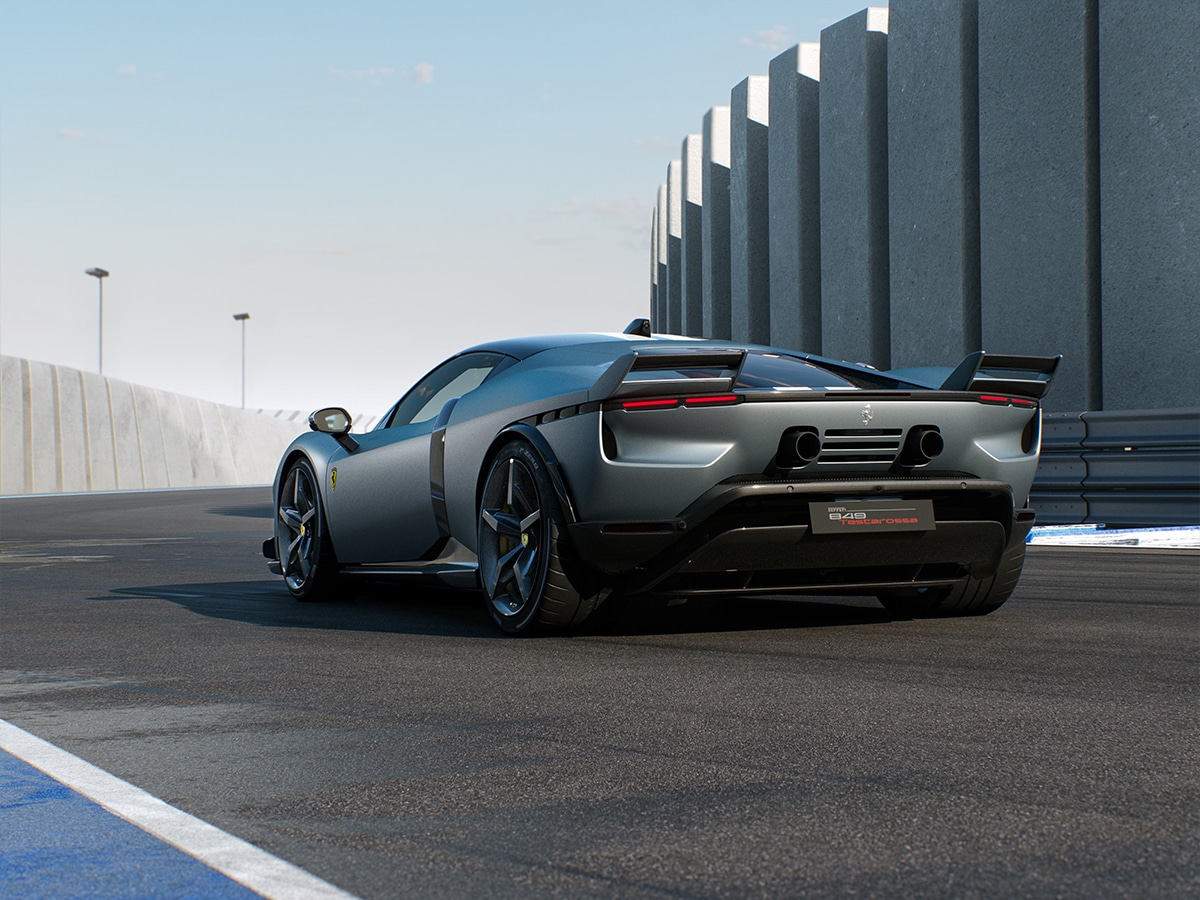
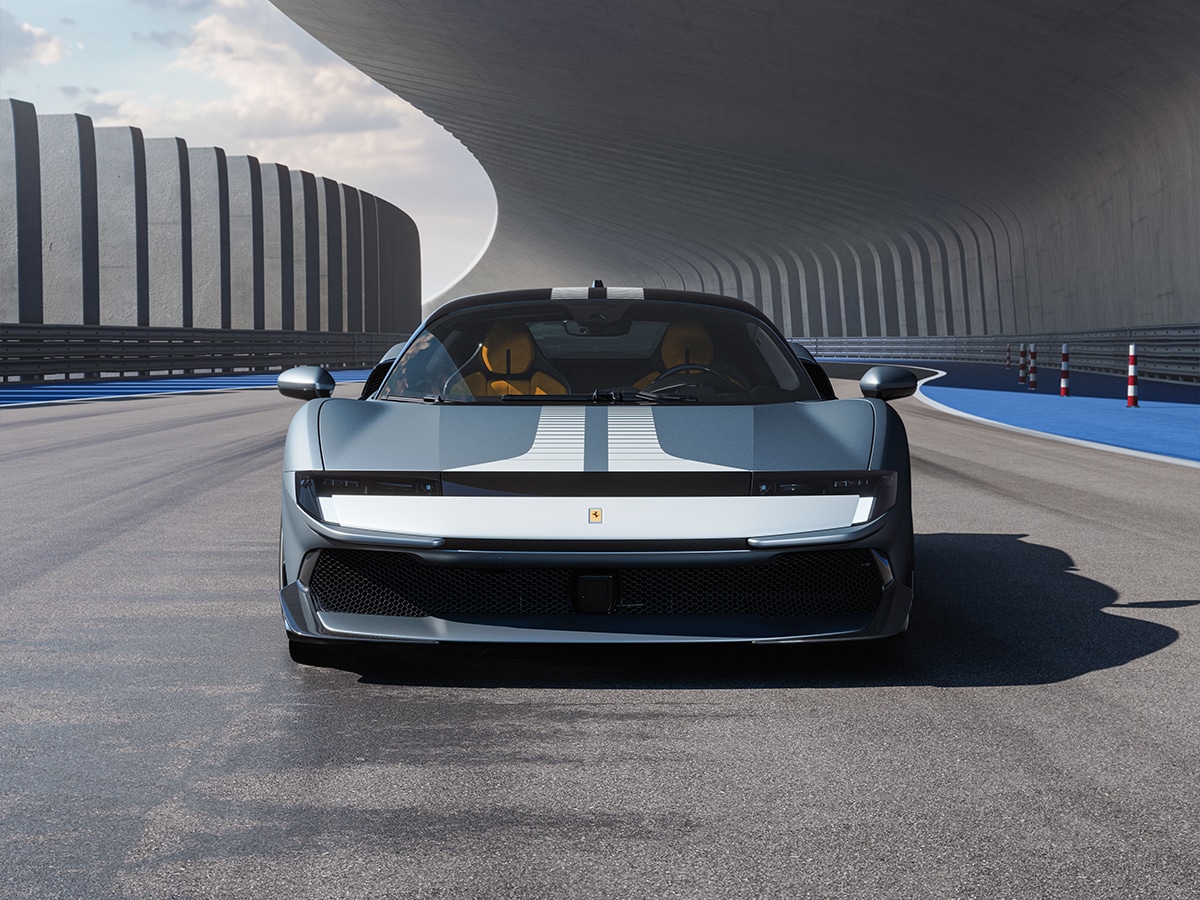
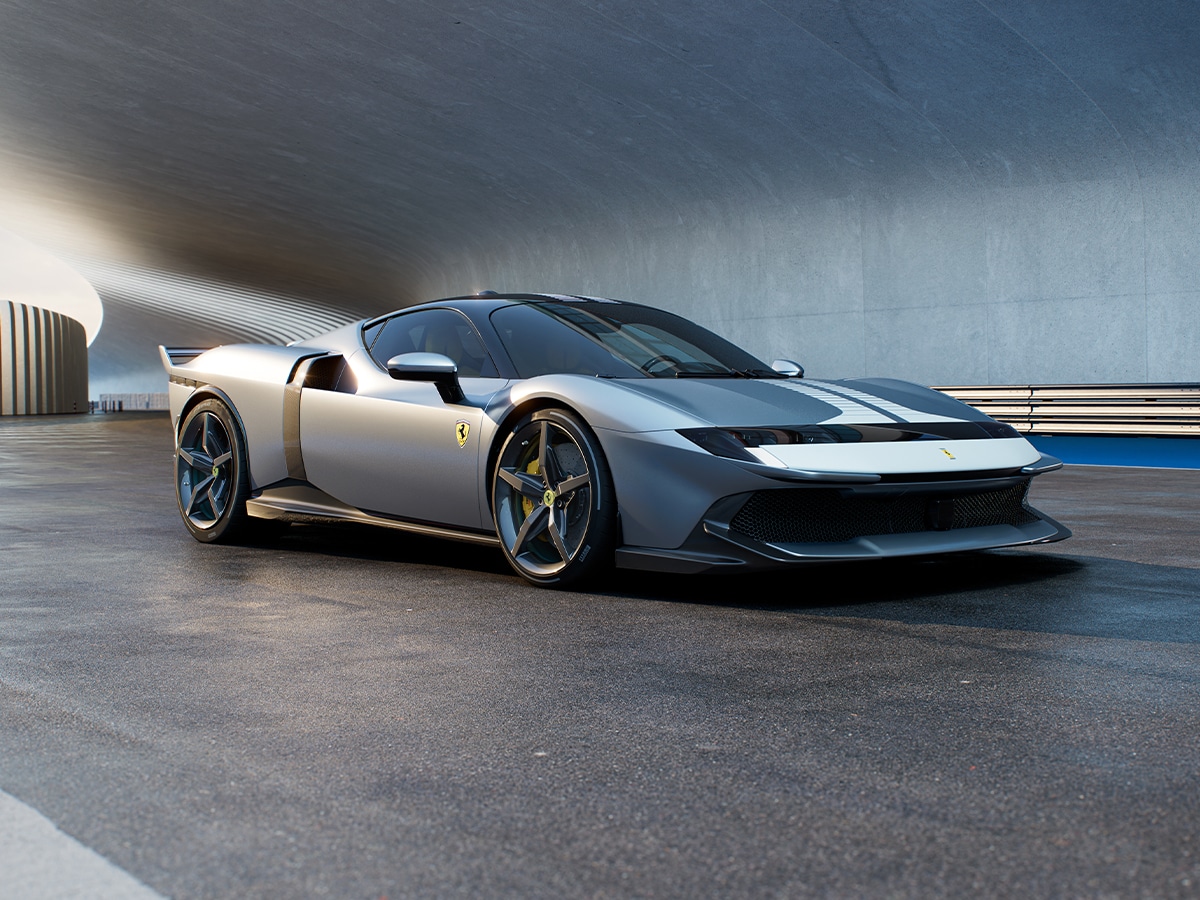
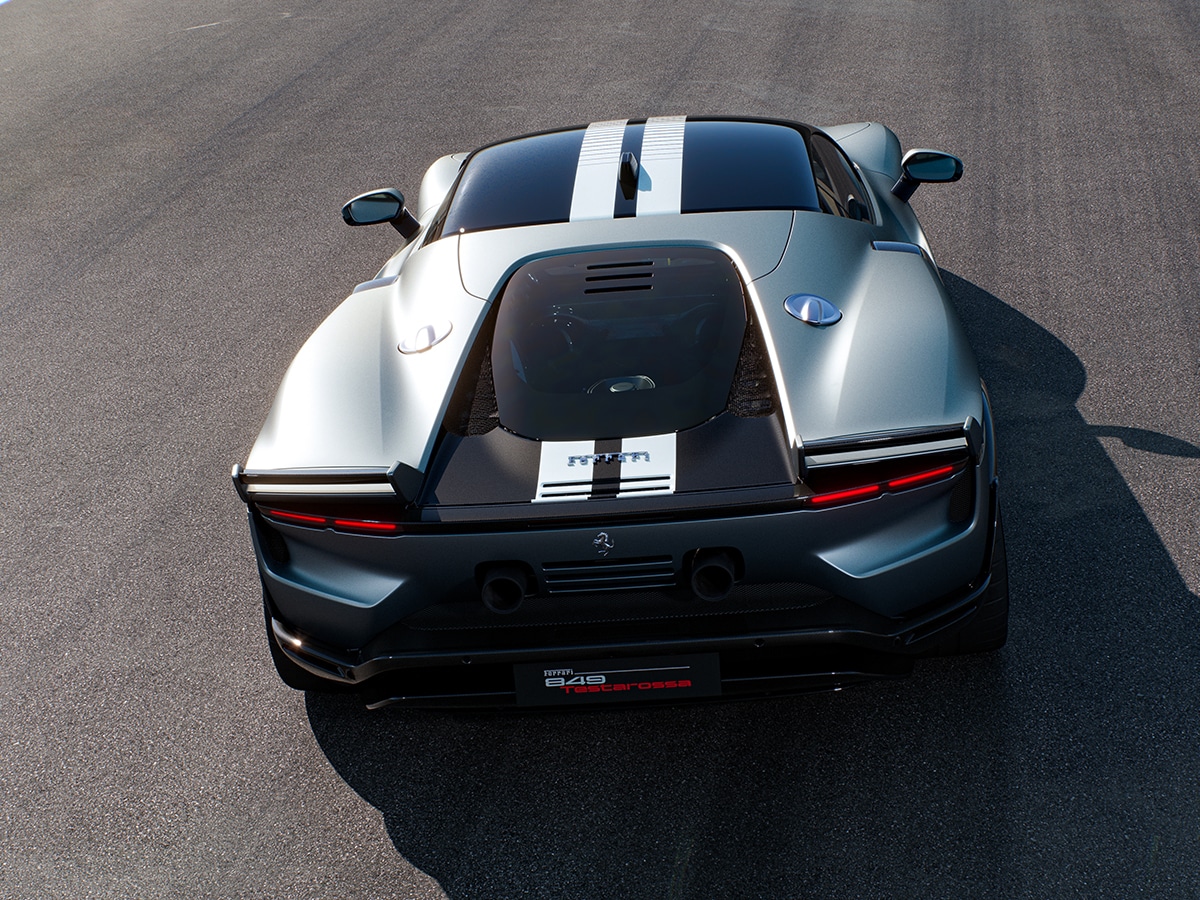
Design and Aerodynamics
Before we look inside, let’s talk about aerodynamics and that Flavio Manzoni exterior, which has been surprisingly controversial online.
The exterior theme is architectural and futuristic, with plenty of vertical and transverse lines. Nods to the 1970s and 80s Sports Prototype cars are obvious, none more so than the 1980s-evoking front structured volumes, crease flows to double tail (512 S-inspired), door that doubles as an aero duct, black vertical intake with auxiliary inlet, and twin tails, which are integrated with active wing (patented aero solution).
Speaking of aerodynamics and weight loss, the silver 849 Testarossa with Assetto Fiorano is pictured above, representing today’s most extreme version with a 30 kg weight reduction over the standard car courtesy of carbon-fibre wheels and a lightweight tubular seat in black Alcantara. Couple this with bespoke aerodynamics elements, and it also has additional downforce everywhere. The larger splitter with SF90 XX-style flick contributes to around 10% of front downforce, the twin-tail rear architecture (512 S-inspired) adds around 10% rear downforce via high-energy flow, and underneath, the new cascading vortex generators add 20% downforce compared to the SF90 Stradale.
Not only is there more downforce, but it’s slipperier, too. Purosangue-inspired wheel arches at the rear evacuate high-pressure air, while the front intake is 18% larger, and a front brake intake is integrated into the upper duct.
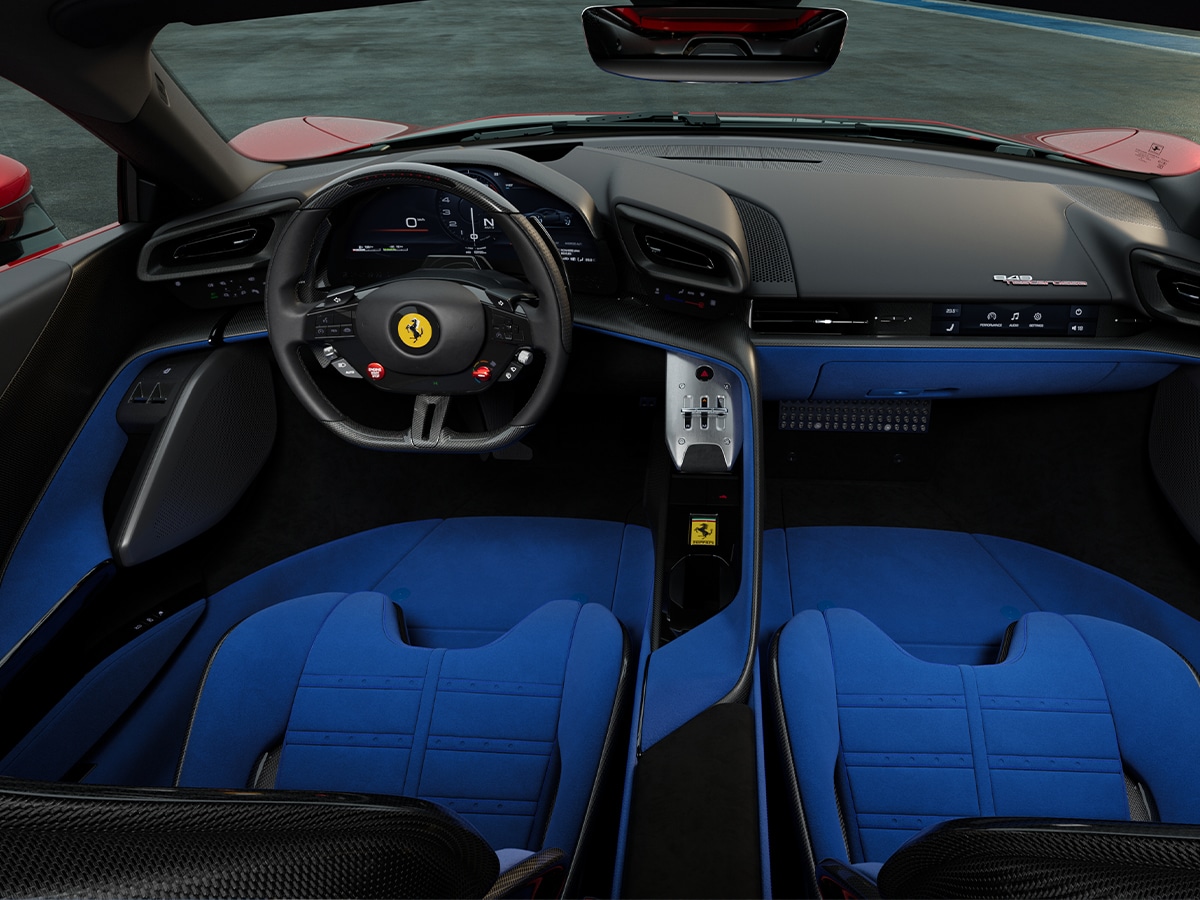
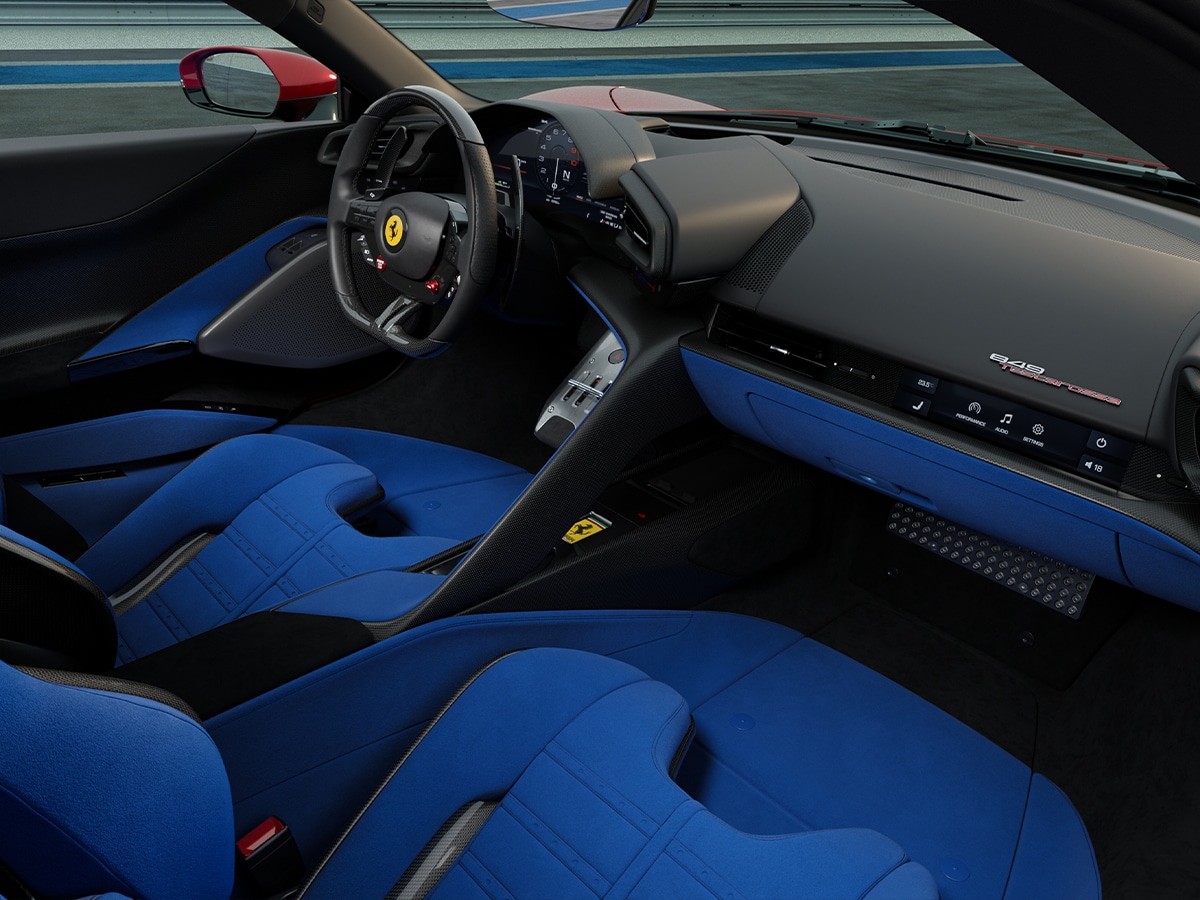
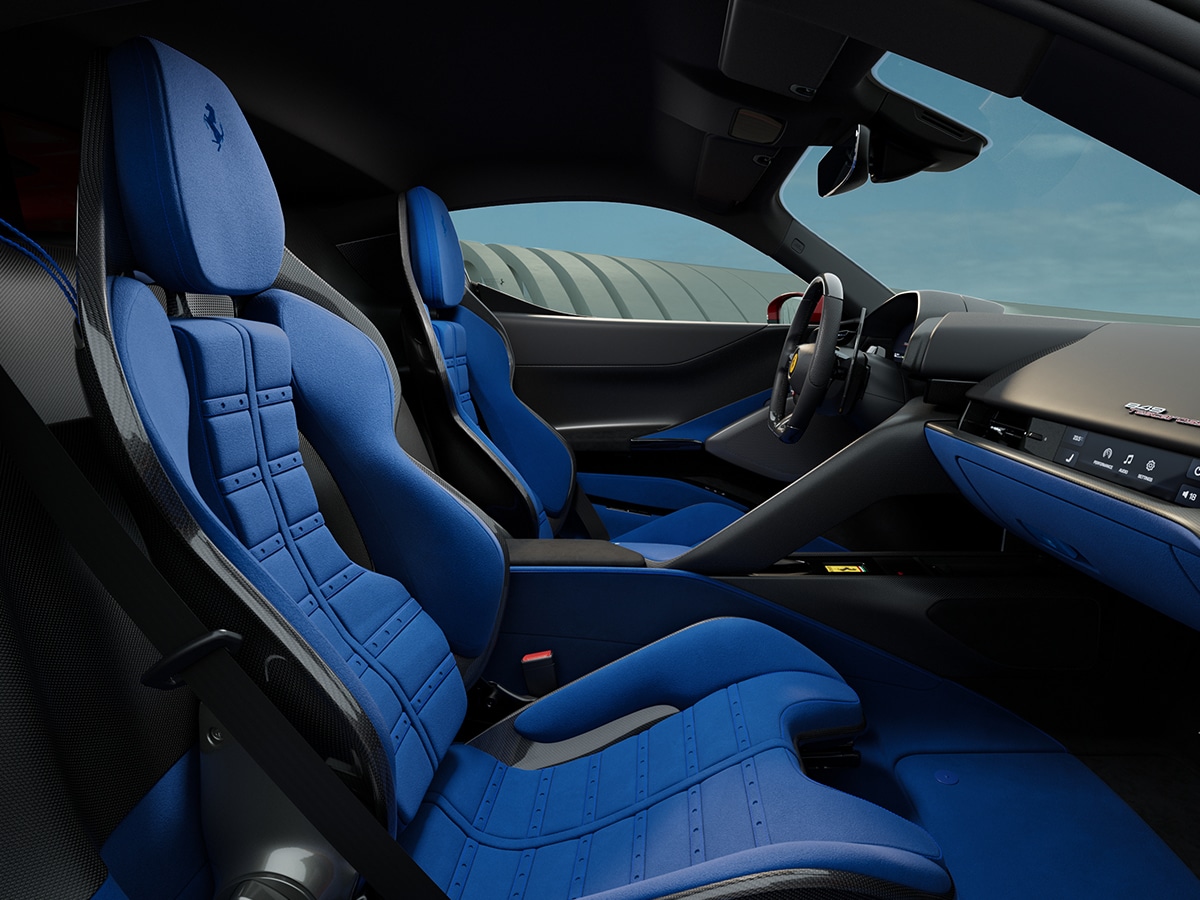
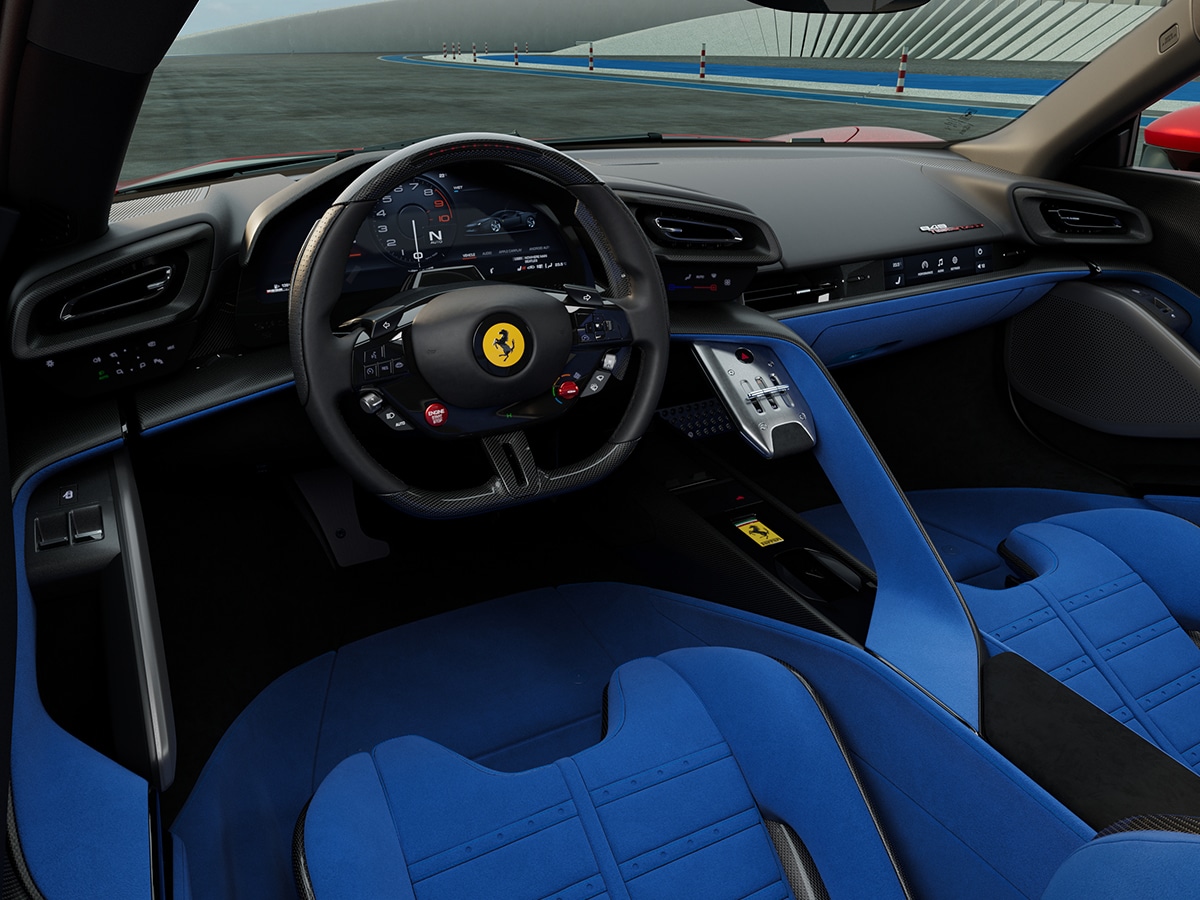
Interior
Last but not least, the interior. We had a chance to sit inside an Assetto Fiorano-equipped 849 Testarossa at an event in Sydney, and this is undoubtedly a step above the likes of the 296 GTB, 12Cilindri, and Roma Spider we drove recently.
The Berlinetta horizontal dash has been reworked from those vehicles to bring the driver into an even more cockpit-like, single-seater vehicle. You’re immediately aware of the dual sail motifs that separate the driver and the passenger visually, and the F80-inspired gated selector floats on the driver-side sail, finished in a beautiful aluminium as above.
Of course, you can spec your car any way you please, but the marketing car we sat in was track-focused. It mimicked the vehicle in the images above with oodles of carbon fibre and alcantara, including the carbon-fibre racing seats. However, should you be driving your 849 more often, you can opt for the comfort (sculptural) seats.
It was a tad disappointing to see the admission of a centrally mounted touchscreen infotainment display, like the one you’ll find in the 12Cilindri and Amalfi. However, it’s a driving-focused car after all, and you can still access Apple CarPlay and Android Auto on the digital instrument cluster. Wireless charging is in the centre tunnel, and the MyFerrari Connect app enables remote vehicle monitoring.
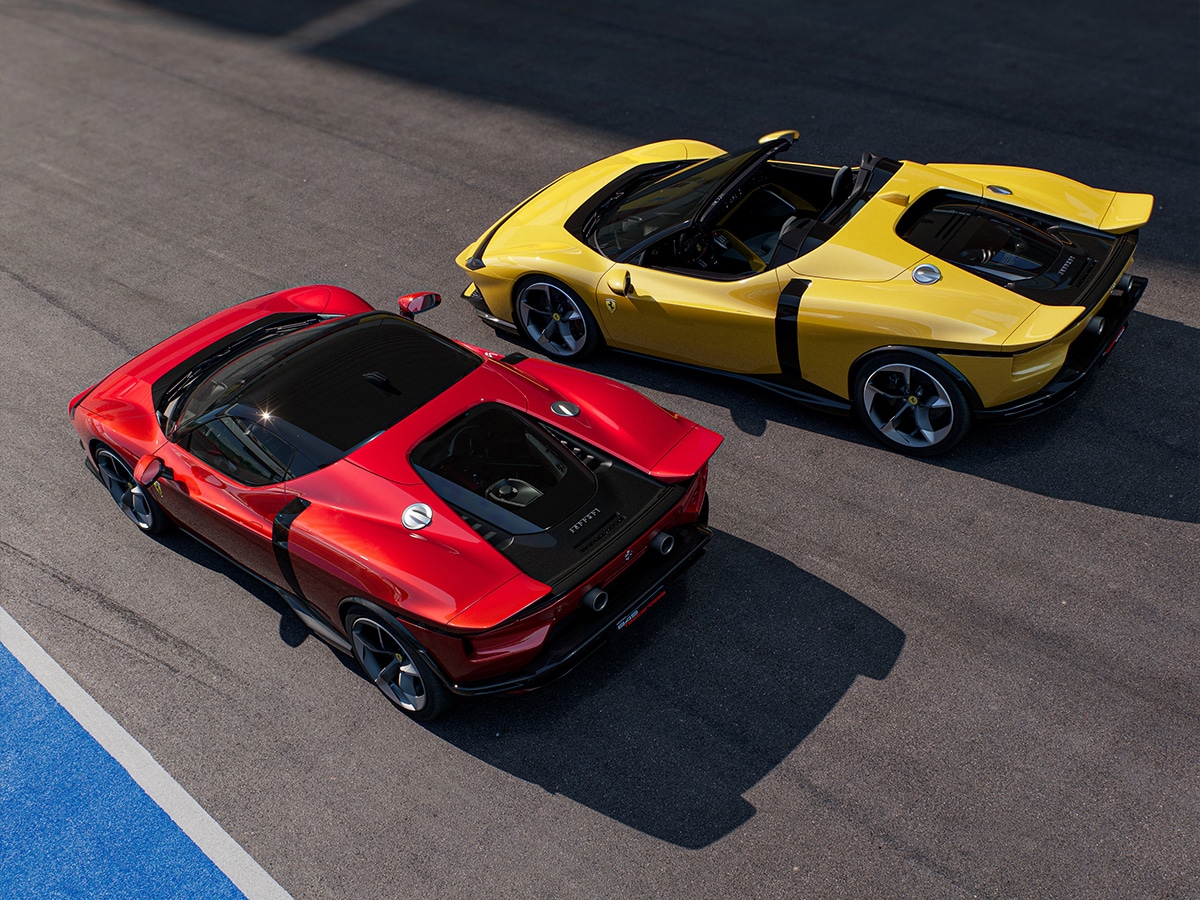
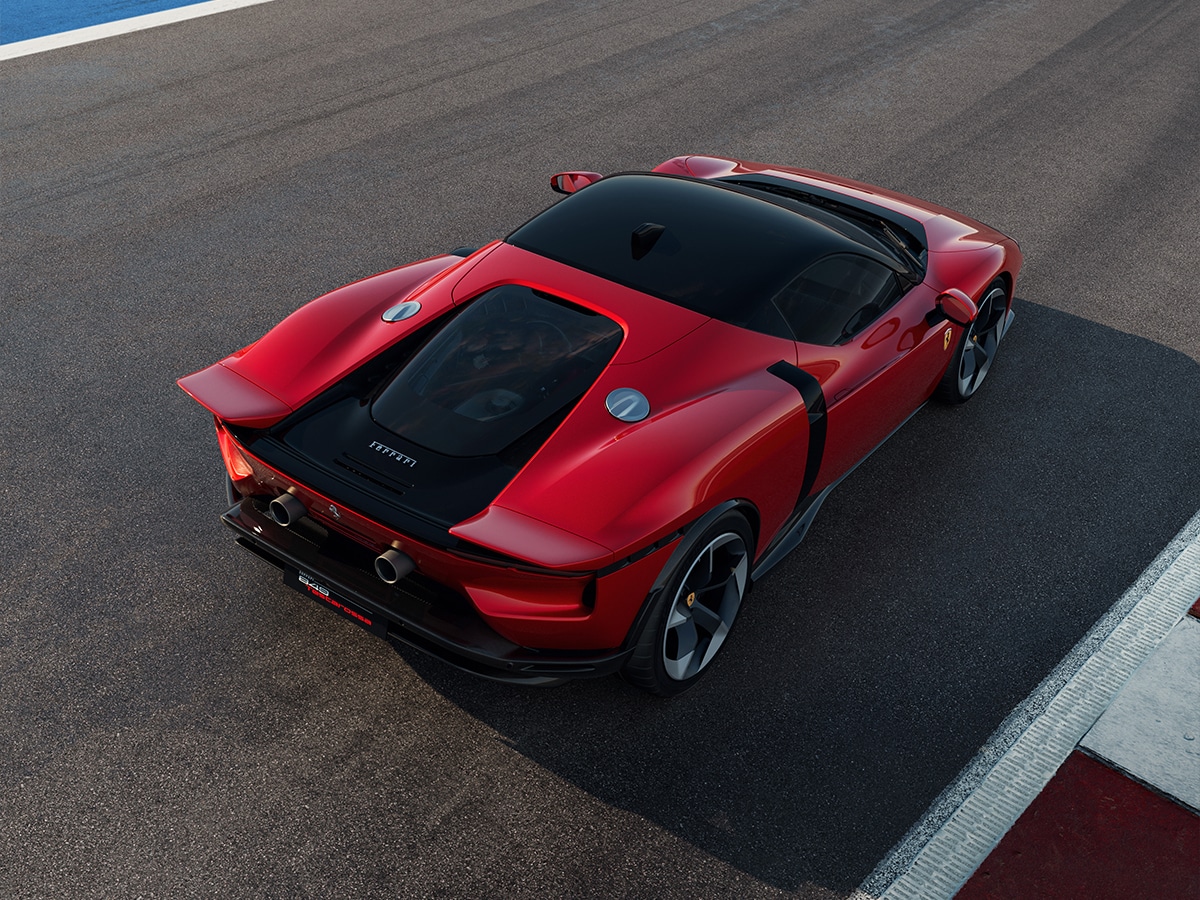
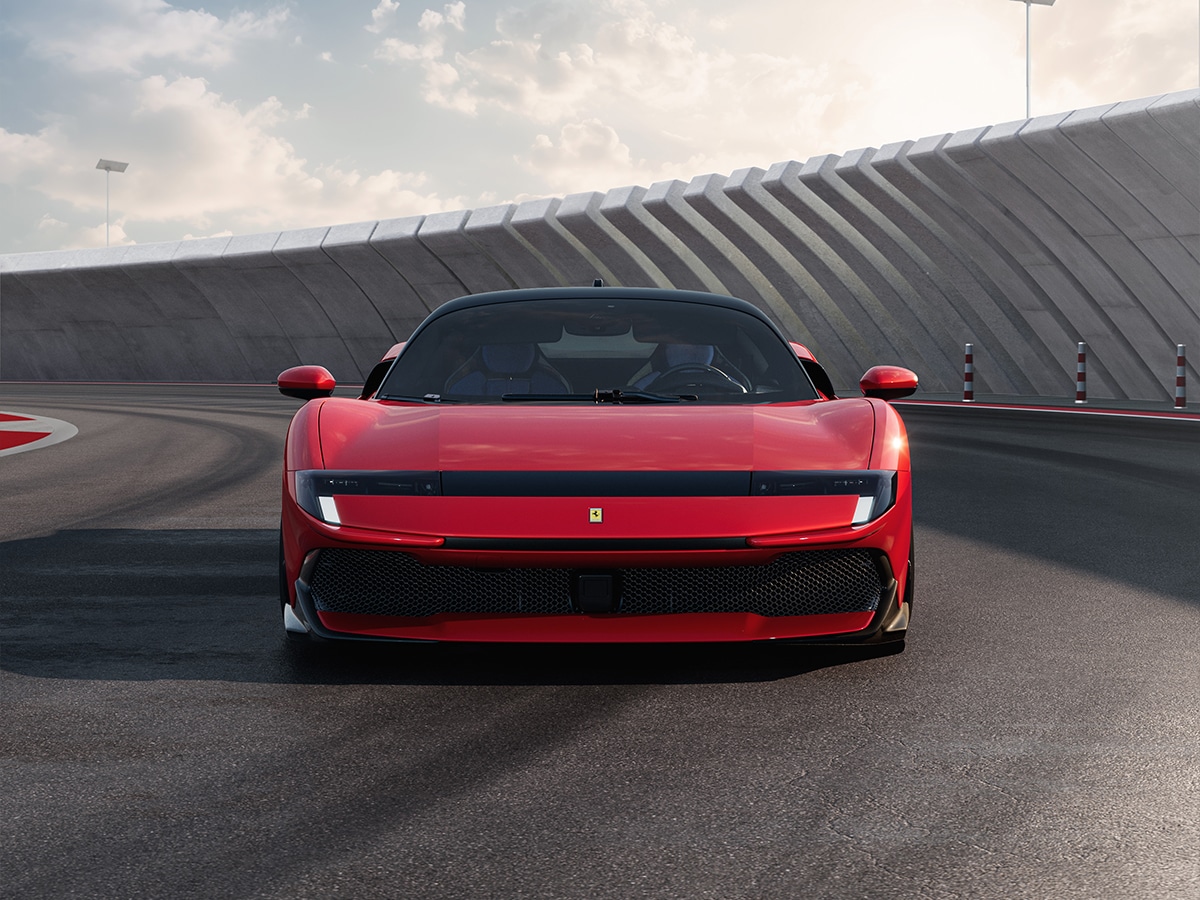
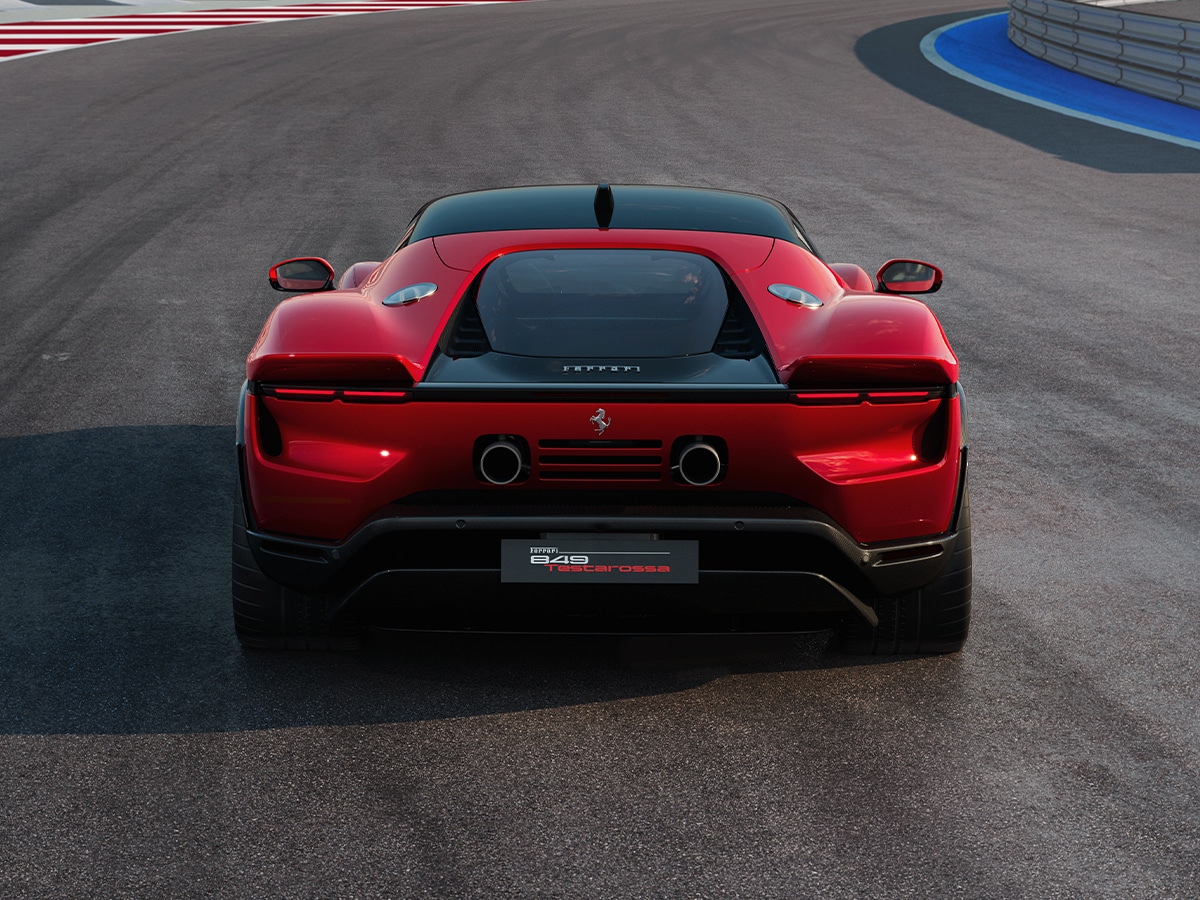
Price and Availability
The Ferrari 849 Testarossa is priced from AUD$932,648 before on-road costs and customisation, while the Ferrari 849 Testarossa Spider claims Australia’s most expensive new car, with prices set at AUD$1,015,589 before on-roads.
New exterior colours are available alongside this launch, and the new Rosso Fiammante (metallic evolution of Rosso Corsa) and Giallo Ambra would be our picks of the bunch.
The first local arrivals of the Ferrari 849 Testarossa are expected in the first half of 2027. More information about the 2026 Ferrari 849 Testarossa can be found at the brand’s website, linked below.


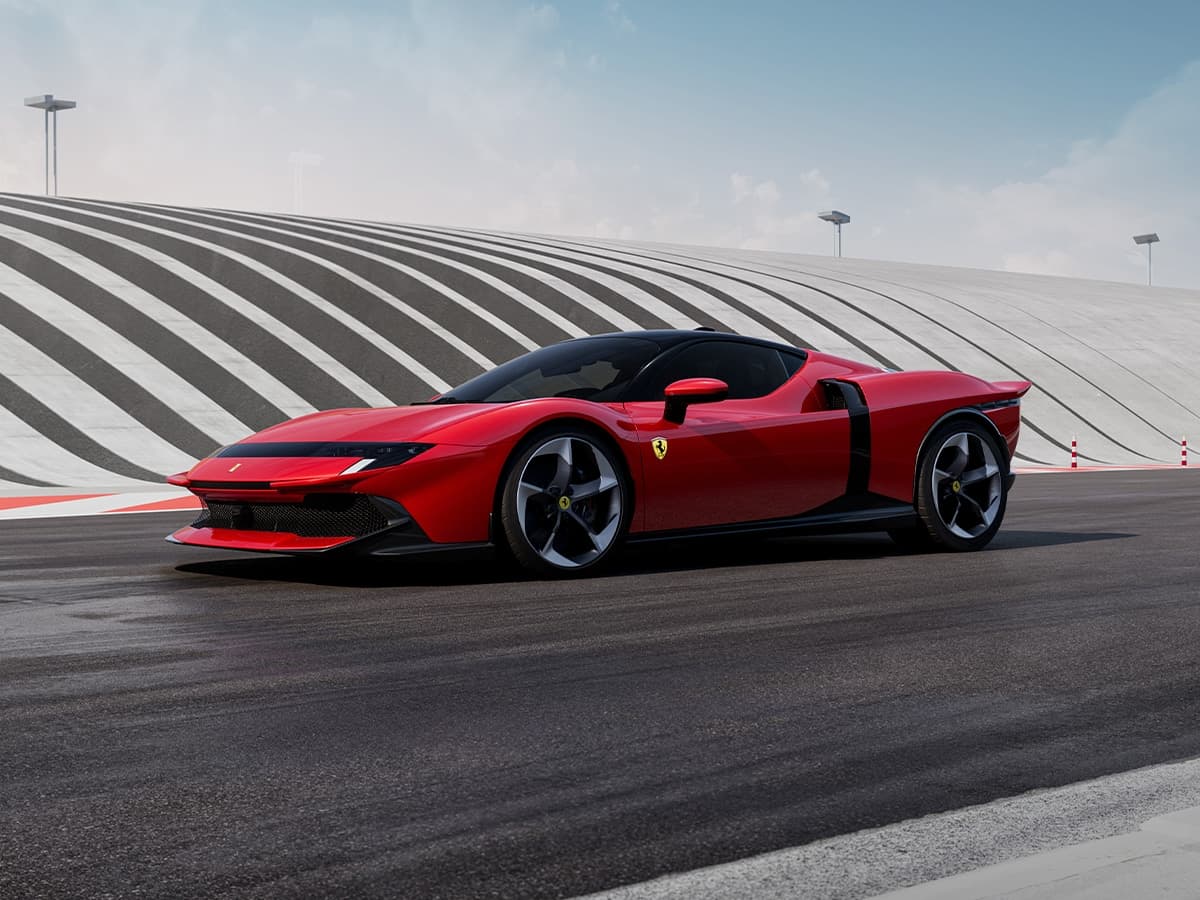




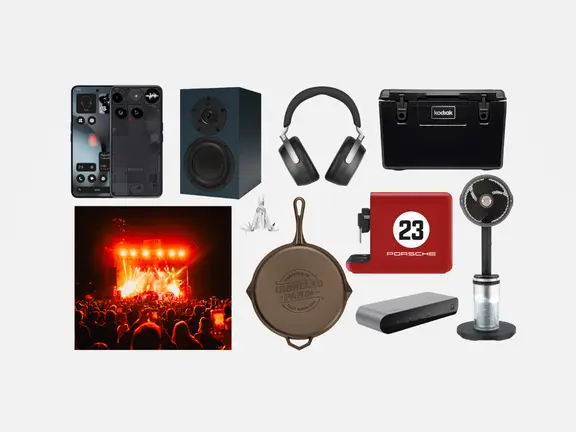








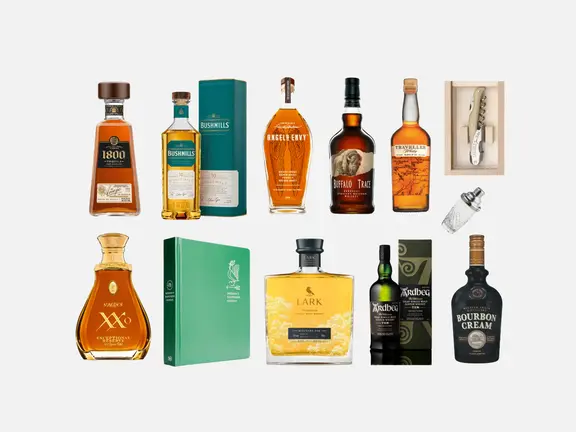

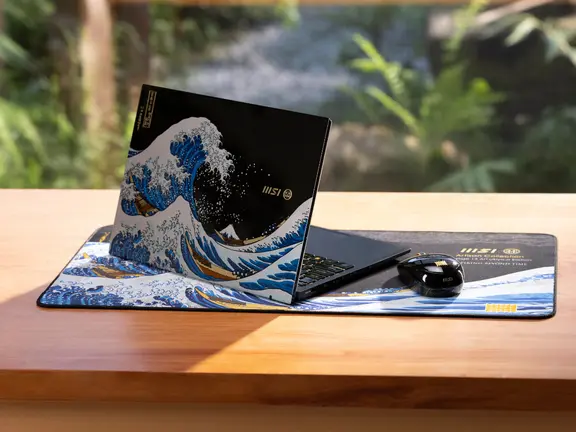
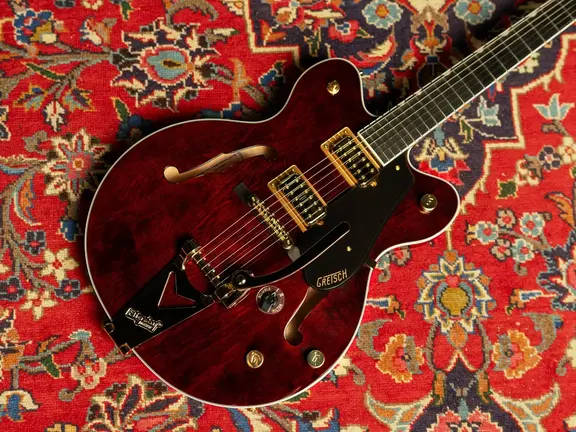



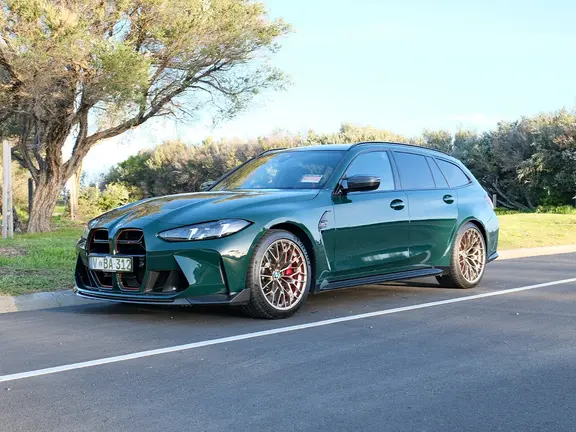
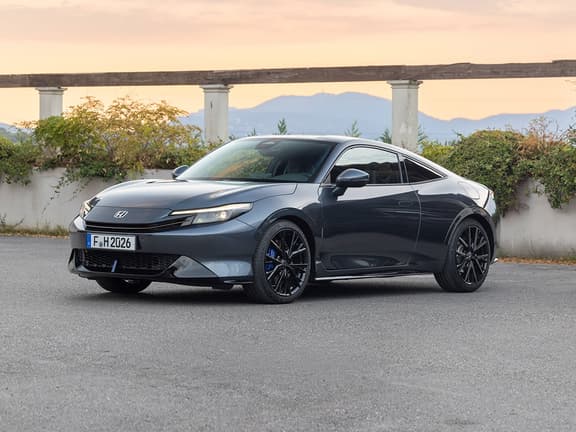


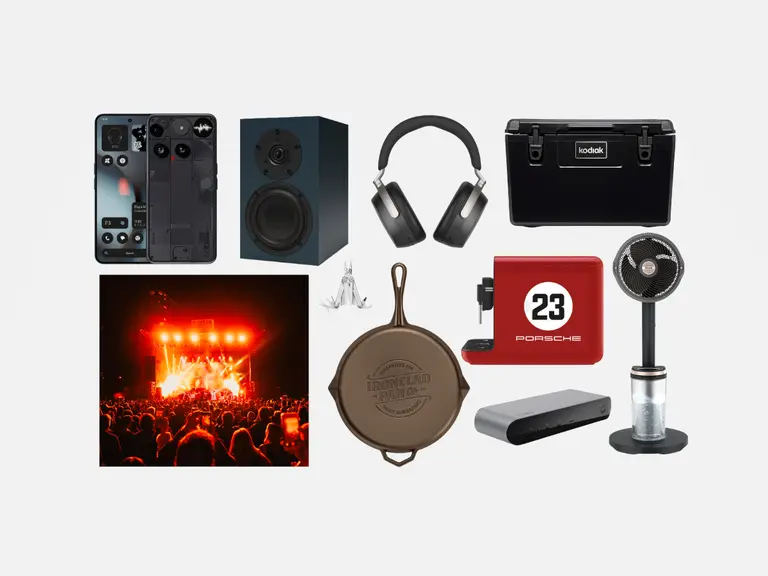



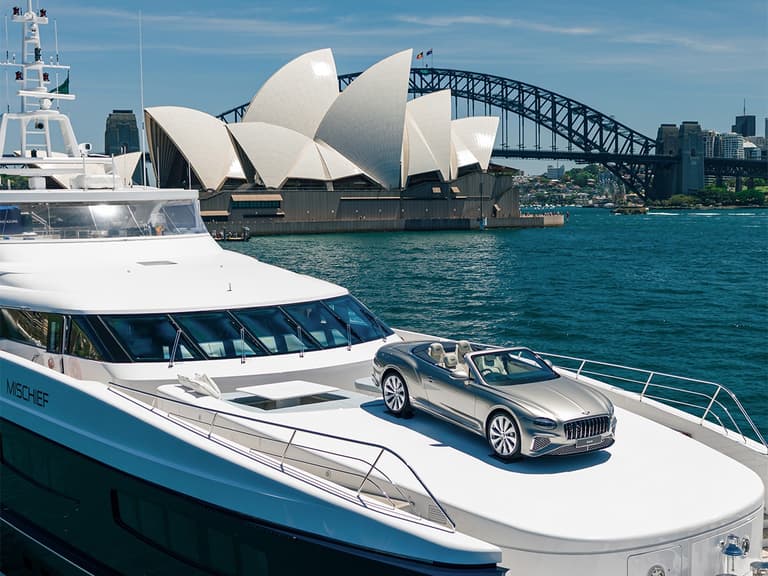
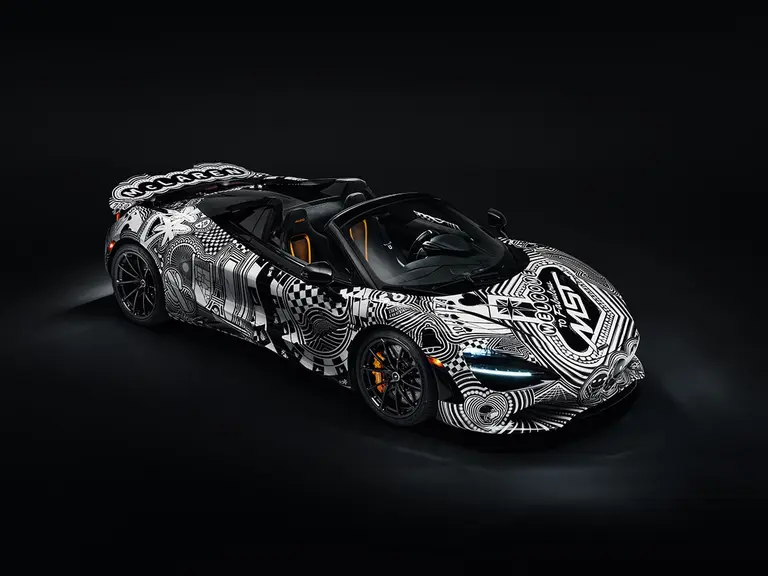

Comments
We love hearing from you. or to leave a comment.